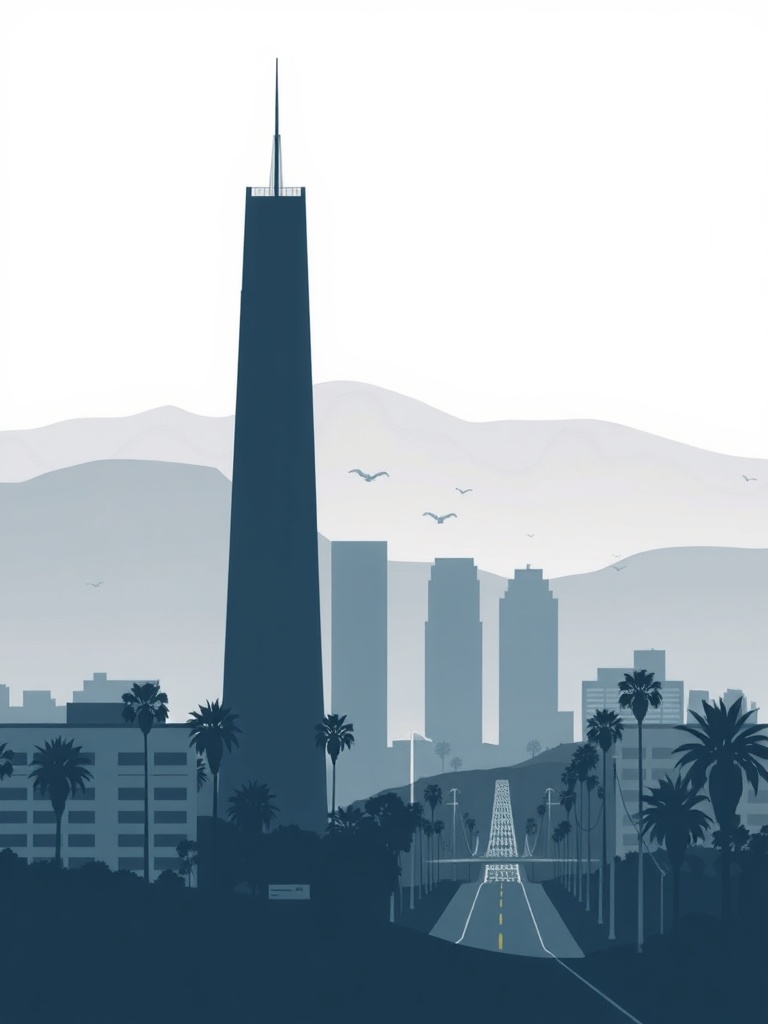Los Angeles Reinvented: How Transit, Tech, Housing, and Climate Resilience Are Shaping the City
Los Angeles is reinventing itself — balancing a booming entertainment and tech scene with urgent needs around housing, transportation, and climate resilience.
For residents and visitors, that mix means more ways to experience the city and more reasons to pay attention to how it’s changing.
A city on the move
Public transit and mobility are getting renewed attention. Major projects are improving connectivity across neighborhoods, reducing reliance on cars for many commutes. Light-rail extensions, improved subway access, and new people-mover systems at the airport are easing travel for millions. At the same time, micromobility options — e-scooters, bike-share programs, and protected bike lanes — are becoming staples for short trips, especially in denser districts like downtown, Hollywood, and the westside.
Navigating traffic still matters, but there’s a visible shift toward multimodal travel. Apps now integrate schedules for buses, trains, rideshares, and bikes, helping Angelenos plan more efficient, car-light trips.
Culture, creativity, and economy
Entertainment remains a global engine for the city, with major studios, production hubs, and streaming operations keeping jobs local. The creative economy overlaps with a dynamic tech sector clustered along “Silicon Beach” and downtown, attracting startups and established companies alike. This cross-pollination fuels new studios, experiential venues, and content production that draw talent from across the country and around the world.
Dining, nightlife, and cultural institutions also continue to thrive.
Neighborhoods from Koreatown to Boyle Heights offer food scenes that blend long-standing family businesses with modern chefs. Museums and performance venues frequently update exhibits and programming, making cultural exploration an ongoing draw.
Housing and affordability pressures
Housing affordability remains a defining challenge. Rising rents and limited inventory push many residents to seek creative solutions: accessory dwelling units (ADUs), co-living arrangements, and redevelopment projects that add density near transit hubs.
Policymakers and developers are increasingly focused on transit-oriented development as a strategy to add housing while preserving accessibility.
Homelessness is a visible and complex issue across the region, prompting a range of responses from increased shelter capacity and supportive services to policy debates about land use and long-term solutions.
Climate and resilience
Climate impacts shape daily life. Heat waves, wildfire smoke, and water scarcity influence planning, building codes, and individual choices.
The city is investing in climate resilience through urban greening, expanding tree canopy where possible, and drought-resistant landscaping to reduce water demand.
Rooftop solar, battery storage, and incentives for electric vehicles are also part of a broader push to lower emissions and improve grid reliability.
Neighborhood transformation and public space
Community-driven projects are reshaping public spaces. Park expansions, open-streets initiatives, and ongoing revitalization of the LA River corridor aim to make neighborhoods more walkable and livable.
These projects prioritize access to green space and active transportation, while seeking to balance development pressures with community needs.
What to watch and do
For visitors, new cultural exhibitions, neighborhood food tours, and outdoor activities like hiking in the hills or strolls along expanded waterfronts offer accessible ways to explore. For residents, consider trying a commuter combo — park-and-ride plus light rail — or exploring neighborhoods by bike to discover local shops and cafés that don’t always make tourist lists.

Los Angeles is a city of reinvention and contrasts: tech and tradition, glamour and grit, vast freeways and expanding transit options.
That dynamic is what keeps it vibrant and full of opportunity for those willing to embrace change and seek out the city’s evolving neighborhoods.